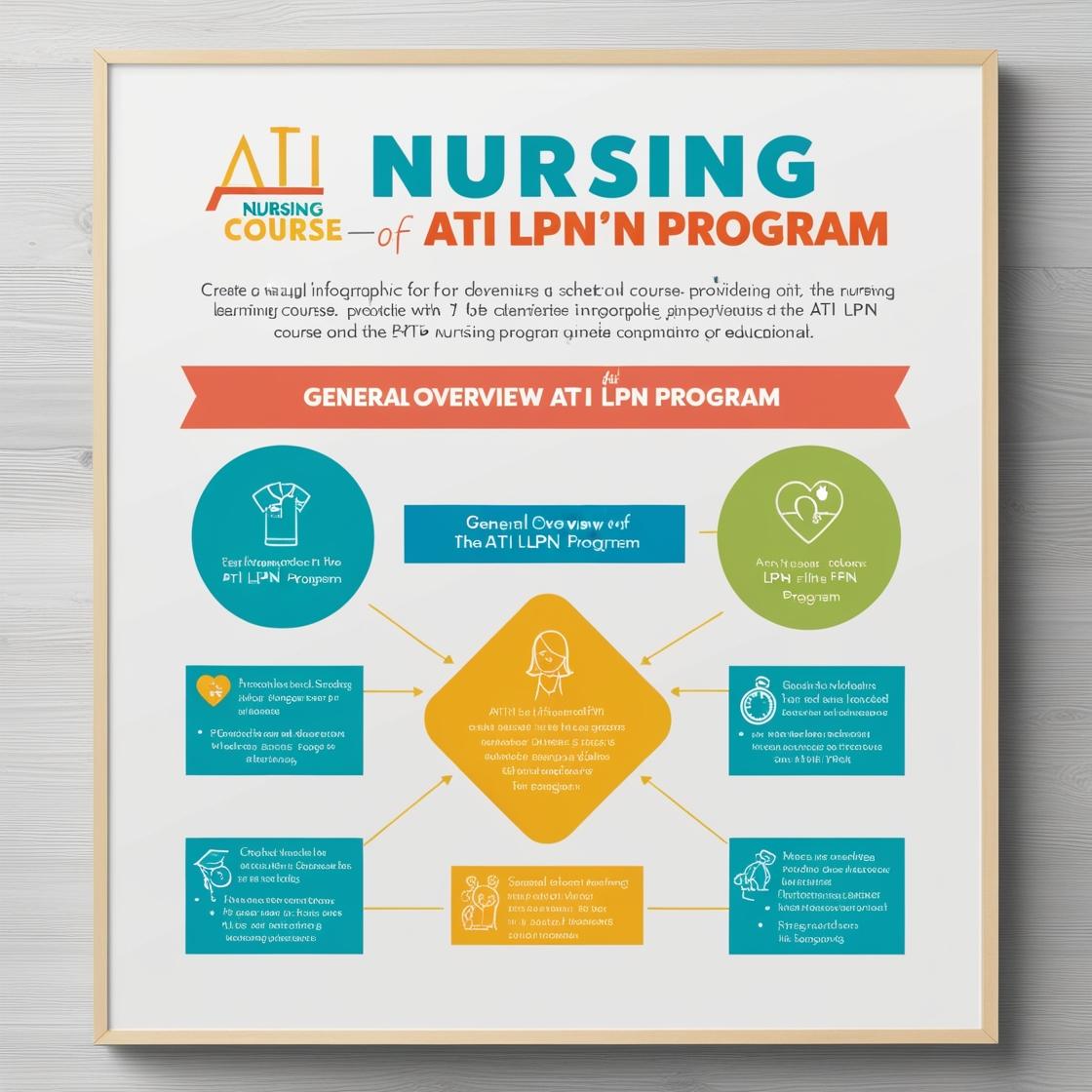LPN LPN
LPN Fundamentals Practice Questions
1. A healthcare professional is supervising a newly licensed colleague who is preparing to administer an intramuscular injection. Which of the following actions by the newly licensed colleague requires intervention?
- A. Selecting a 25-gauge needle
- B. Administering the injection at a 45° angle
- C. Using the ventrogluteal site for the injection
- D. Aspirating for blood return before injecting the medication
Correct answer: B
Rationale: The correct answer is B. Administering an intramuscular injection at a 90° angle is essential for proper medication delivery into the muscle tissue. Injecting at a 45° angle is incorrect for intramuscular injections and is typically used for subcutaneous injections where the needle is inserted into the fatty tissue layer beneath the skin. Choice A is correct as selecting a 25-gauge needle is appropriate for an intramuscular injection. Choice C is also correct as the ventrogluteal site is a suitable site for intramuscular injections. Choice D is correct as aspirating for blood return is a necessary step to ensure the needle is not in a blood vessel before injecting the medication.
2. A client reports difficulty sleeping at night, which interferes with daily functioning. Which intervention should the nurse suggest to this client?
- A. Avoid beverages containing caffeine
- B. Take a sleep medication regularly at bedtime
- C. Watch television for 30 minutes in bed to relax before falling asleep
- D. Advise the client to take several naps during the day
Correct answer: A
Rationale: The correct answer is A: Avoid beverages containing caffeine. Caffeine is a stimulant that can interfere with sleep, making it difficult for the client to fall asleep at night. Taking sleep medication regularly (choice B) may not address the root cause of the sleep difficulty and can lead to dependency. Watching television in bed (choice C) can actually stimulate the brain and hinder relaxation before sleep. Advising the client to take several naps during the day (choice D) can disrupt the sleep-wake cycle further. Therefore, recommending the avoidance of caffeine-containing beverages is the most appropriate intervention to help the client improve their ability to sleep at night and function better during the day.
3. A client with gout is being taught about dietary management. Which of the following statements by the client indicates an understanding of the teaching?
- A. I should increase my intake of purine-rich foods.
- B. I should decrease my intake of purine-rich foods.
- C. I should increase my intake of sodium-rich foods.
- D. I should decrease my intake of potassium-rich foods.
Correct answer: B
Rationale: The correct answer is B. Decreasing the intake of purine-rich foods is essential in managing gout as purines break down into uric acid, contributing to gout symptoms. Increasing purine-rich foods would exacerbate the condition by increasing uric acid levels. Therefore, choice A is incorrect. Choices C and D are also incorrect as increasing sodium-rich foods (choice C) is not recommended for gout management, and decreasing potassium-rich foods (choice D) is unrelated to gout.
4. A client with renal calculi is being taught about dietary management. Which of the following statements by the client indicates an understanding of the teaching?
- A. I should increase my intake of calcium-rich foods.
- B. I should decrease my intake of calcium-rich foods.
- C. I should increase my intake of sodium-rich foods.
- D. I should decrease my intake of potassium-rich foods.
Correct answer: B
Rationale: The correct answer is B because decreasing the intake of calcium-rich foods can help manage and prevent the formation of renal calculi. Excessive calcium intake can contribute to the formation of these stones, so reducing calcium-rich foods is a key dietary modification for individuals with renal calculi. Choice A is incorrect as increasing calcium-rich foods can exacerbate the condition. Choice C is incorrect because increasing sodium-rich foods can lead to more stone formation due to increased calcium excretion. Choice D is incorrect as potassium-rich foods do not directly contribute to the formation of renal calculi.
5. A client with cirrhosis is being taught about dietary management. Which of the following statements by the client indicates an understanding of the teaching?
- A. I should increase my intake of sodium-rich foods.
- B. I should decrease my intake of sodium-rich foods.
- C. I should increase my intake of potassium-rich foods.
- D. I should decrease my intake of potassium-rich foods.
Correct answer: B
Rationale: The correct answer is B. In cirrhosis, decreasing the intake of sodium-rich foods is essential to manage fluid retention and symptoms. Excessive sodium intake can worsen fluid accumulation and lead to complications such as ascites. Therefore, advising the client to decrease sodium-rich foods demonstrates an understanding of the dietary management necessary for cirrhosis. Choices A, C, and D are incorrect because increasing sodium-rich foods can exacerbate fluid retention and complications in cirrhosis, increasing potassium-rich foods is not the primary focus of dietary management in cirrhosis, and decreasing potassium-rich foods is not a key recommendation for managing cirrhosis-related dietary issues.
Similar Questions

Access More Features
ATI LPN Basic
$69.99/ 30 days
- 50,000 Questions with answers
- All ATI courses Coverage
- 30 days access @ $69.99
ATI LPN Premium
$149.99/ 90 days
- 50,000 Questions with answers
- All ATI courses Coverage
- 30 days access @ $149.99
